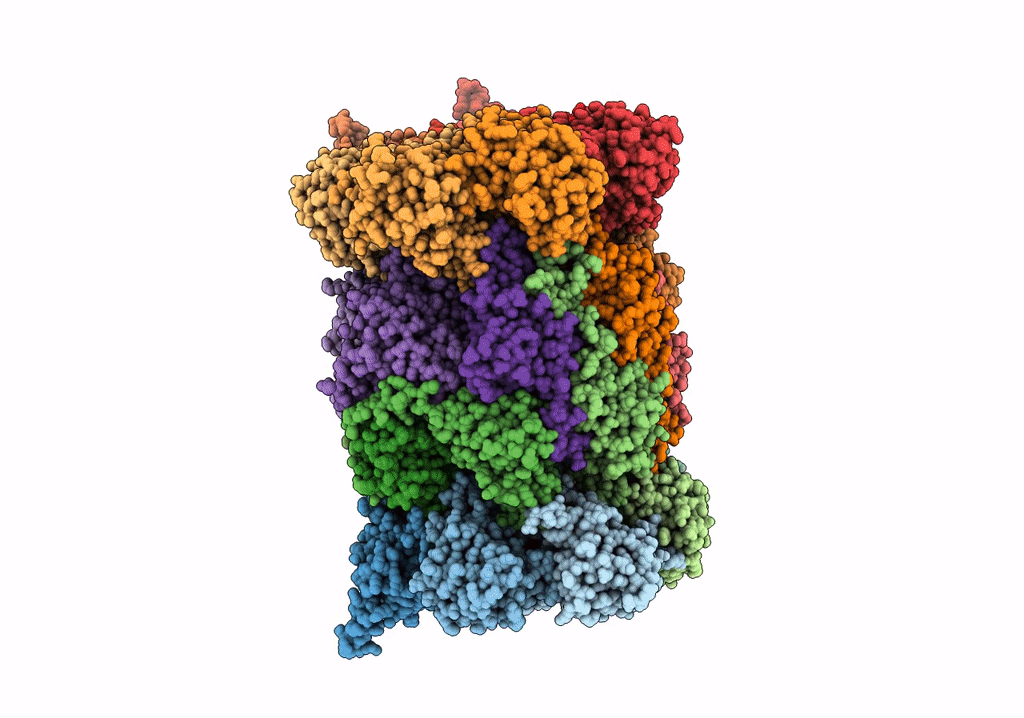
Deposition Date
2019-02-01
Release Date
2019-04-17
Last Version Date
2024-05-15
Entry Detail
PDB ID:
6QM7
Keywords:
Title:
Leishmania tarentolae proteasome 20S subunit complexed with GSK3494245
Biological Source:
Source Organism:
Leishmania tarentolae (Taxon ID: 5689)
Method Details:
Experimental Method:
Resolution:
2.80 Å
Aggregation State:
PARTICLE
Reconstruction Method:
SINGLE PARTICLE


